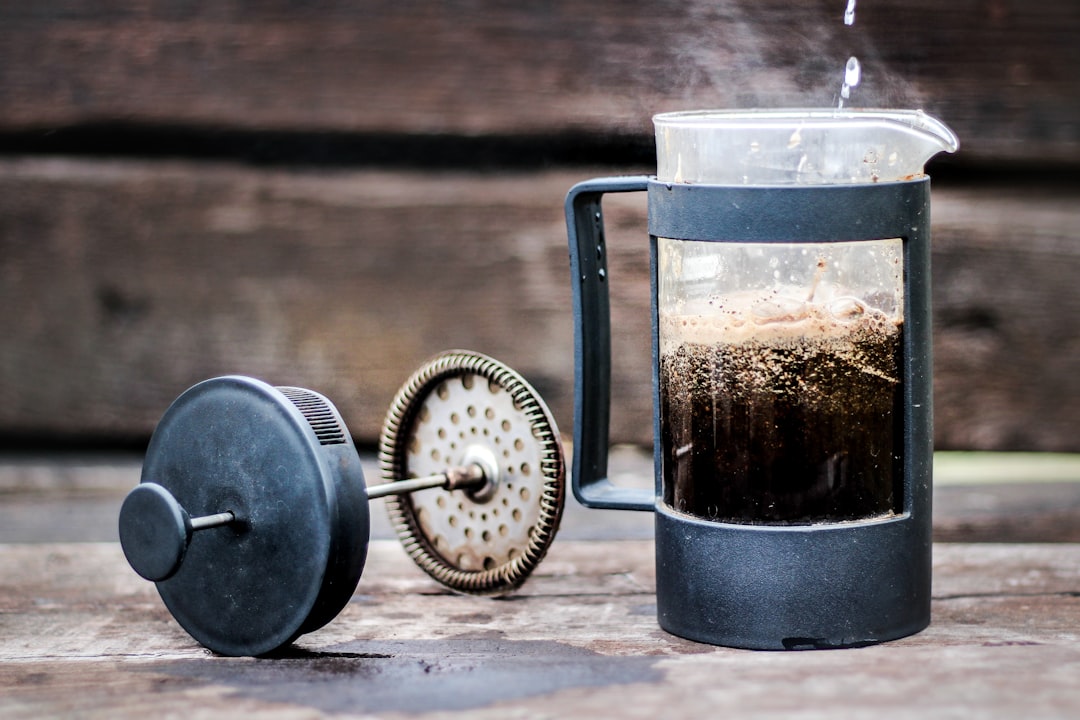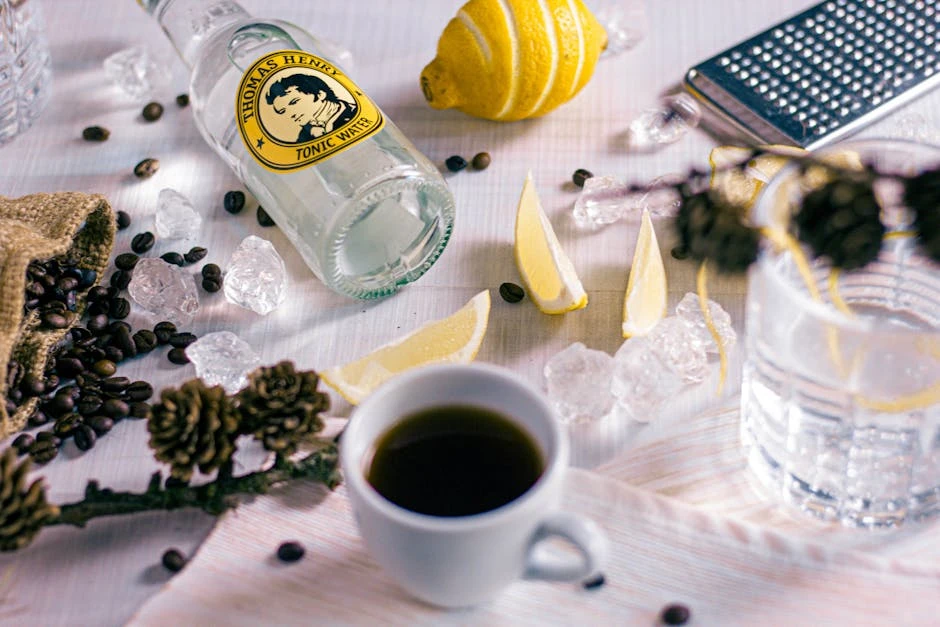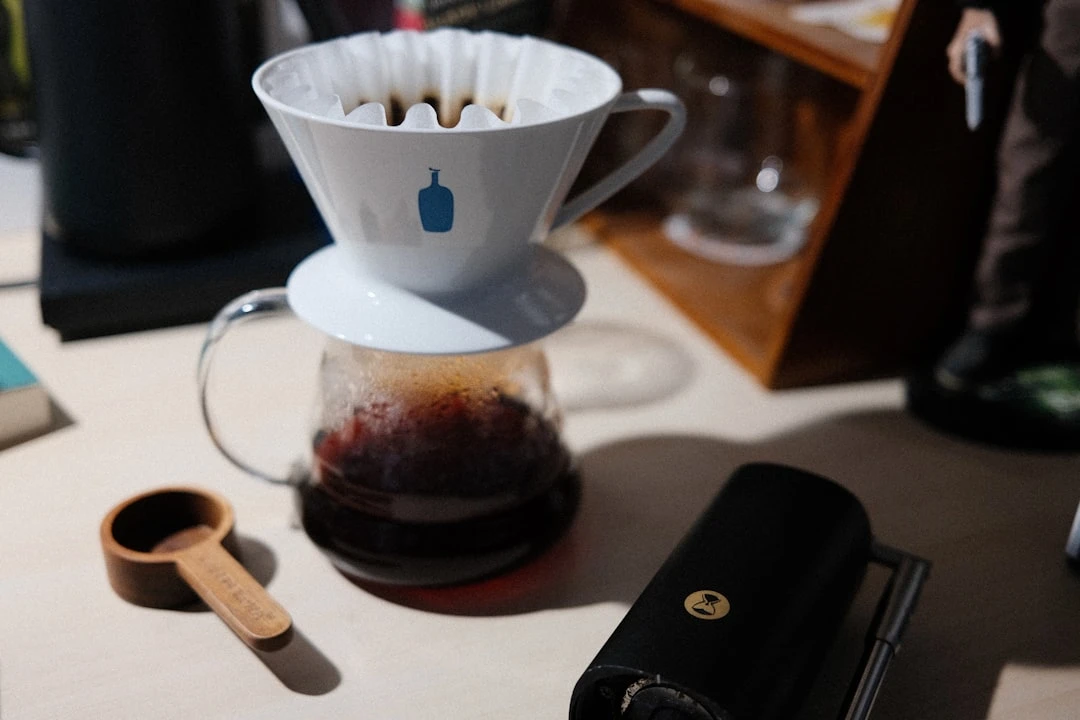Ristretto Shot: Complete Guide to Intense Espresso
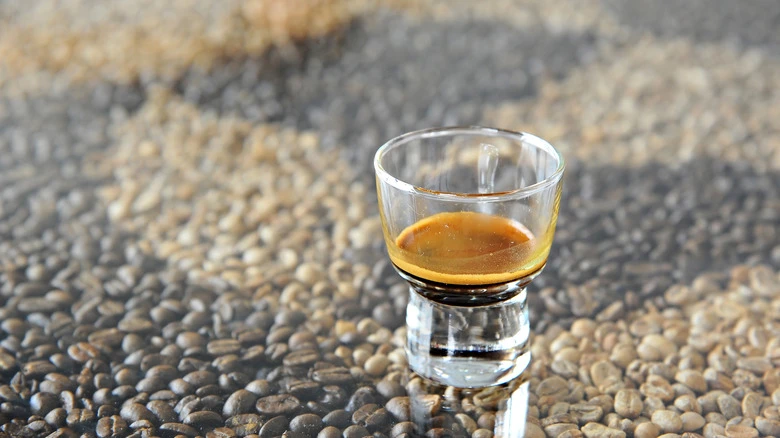
Did you know that the average coffee shop serves over 300 espresso shots per day, but less than 5% of customers have ever tried a ristretto? I discovered this little-known espresso variation completely by accident about five years ago when I messed up my grind settings one morning. What started as a brewing mistake turned into my favorite way to drink coffee!
If you've ever wondered what makes some espresso shots taste so much more intense and sweet than others, you're about to discover the secret that changed how I think about coffee forever. A ristretto shot isn't just another fancy coffee term – it's a game-changer that can transform your entire coffee experience. Let me walk you through everything I've learned about this concentrated little powerhouse.
What Exactly is a Ristretto Shot?
Okay, so here's the deal with ristretto shots. The word "ristretto" literally means "restricted" in Italian, which basically tells you everything you need to know. It's like espresso's more intense older brother who works out every day.
A regular espresso shot uses about 18-20 grams of coffee with 25-30ml of water. But a ristretto? Same amount of coffee, but you're only pulling 15-20ml of water through those grounds. I remember the first time I explained this to my neighbor – she looked at me like I was speaking gibberish until I made her try both side by side.
The visual difference is pretty obvious once you know what to look for. Regular espresso has this golden-brown color that flows like honey. Ristretto comes out darker, almost syrupy, and the crema on top is usually thicker and more persistent. It's like comparing regular chocolate to dark chocolate – same basic idea, completely different intensity.
Here's where it gets interesting though. You're not just making a smaller espresso shot. The extraction process actually pulls different compounds from the coffee beans when you use less water. The sweet and aromatic stuff comes out first, while the bitter compounds need more water to extract. So you're basically getting all the good stuff and leaving the harsh bits behind.
The Science Behind Ristretto Extraction
Now I'm gonna get a little nerdy here, but stick with me because understanding this changed everything about how I make coffee. Coffee extraction is basically a controlled chemical reaction where water pulls soluble compounds out of ground coffee beans. Think of it like making tea, but way more complicated.
During the first 15 seconds of extraction, you get mostly acids and sugars – the bright, sweet flavors that make coffee taste amazing. Between 15-25 seconds, you start pulling out more balanced flavors and oils. After 25 seconds? That's when the bitter tannins and harsh compounds start showing up to the party uninvited.
With a ristretto shot, you're stopping the extraction right at that sweet spot. I learned this the hard way after months of over-extracting shots and wondering why my coffee tasted like I was chewing on tree bark. Temperature and pressure still matter just as much – you want your water around 200°F and about 9 bars of pressure. But by cutting the water volume in half, you're essentially cherry-picking only the best flavors.
The crazy part is that even though you're using less water, the concentration of dissolved solids is actually higher in a ristretto. It's like making a reduction sauce – you're intensifying everything that makes coffee taste good while leaving behind what makes it harsh. My old coffee teacher used to say "ristretto is espresso with training wheels off," and honestly, that's pretty accurate.
How to Make the Perfect Ristretto Shot
Alright, let's talk about actually making these things because I definitely screwed this up more times than I care to admit. You'll need the same equipment as regular espresso – a decent espresso machine, grinder, tamper, and scale. But the technique is where things get tricky.
First thing – and I cannot stress this enough – you need to grind finer than you would for regular espresso. I spent about two weeks pulling terrible ristretto shots because I was using my normal grind setting. The reduced water volume means you need more surface area to extract properly. Start with your regular setting and go about 2-3 clicks finer on your grinder.
Use the same dose of coffee you normally would, usually 18-20 grams depending on your basket size. Tamp with the same pressure – about 30 pounds if you want to get technical about it. Here's where it gets different: start your timer and stop the shot at 15-20ml instead of the usual 25-30ml. This should still take about 25-30 seconds if your grind is dialed in correctly.
The biggest mistake I see people make is rushing the shot because they think less volume means less time. Nope! You want the same extraction time, just less water passing through. If your shot is pulling too fast, grind finer. If it's taking forever and you're only getting a few drops, go a bit coarser.
Pro tip I learned from a barista in Seattle: weigh your output instead of eyeballing it. Get a scale that measures to the gram and aim for 15-18 grams of liquid output. Your taste buds will thank you for the consistency.
Ristretto vs Regular Espresso: Taste Comparison
The flavor difference between ristretto and regular espresso is honestly night and day. When I first started making ristretto shots, I couldn't believe I was using the same coffee beans. It's like someone turned up the saturation on your coffee's flavor profile.
Regular espresso has this balanced bitterness that coffee lovers know and expect. It's got sweetness, acidity, and bitterness all playing together nicely. Ristretto throws that balance out the window in the best possible way. You get intense sweetness, concentrated fruit flavors, and this almost chocolate-like richness without the harsh bite.
The texture is completely different too. Regular espresso feels light and clean in your mouth. Ristretto is thick, almost syrupy, and coats your tongue with flavor. I describe it to people as the difference between drinking fruit juice and eating the actual fruit – same flavors, totally different experience.
Here's something that surprised me: ristretto actually has slightly less caffeine than regular espresso. I know, I know – it tastes stronger so you'd think it would wake you up more. But caffeine extracts later in the brewing process, so by cutting the water short, you're getting less of it. My afternoon ristretto doesn't keep me up at night like a double shot of regular espresso used to.
The best way to understand the difference is to make both shots with the same coffee and taste them side by side. I still do this sometimes when I'm trying new beans, and it never fails to remind me why I fell in love with ristretto in the first place.
Best Coffee Beans for Ristretto Shots
Not all coffee beans are created equal when it comes to ristretto, and I learned this lesson expensively by wasting some really good coffee on failed experiments. The concentration effect of ristretto means that everything about your coffee gets amplified – the good and the bad.
Medium to medium-dark roasts work best in my experience. Light roasts can taste too acidic and sharp when concentrated, while dark roasts can become overwhelming and almost burnt-tasting. I've had great success with Colombian, Brazilian, and Guatemalan single origins that have natural sweetness and chocolate notes.
Blends designed for espresso usually work really well for ristretto because they're already balanced for concentrated extraction. My go-to is a Brazilian-Ethiopian blend that tastes like chocolate-covered berries when pulled as a ristretto. Sounds fancy, but it's actually pretty affordable.
Here's a tip that saved me a lot of frustration: avoid coffee with heavy fruit or floral notes unless you really know what you're doing. These flavors can become cloying and perfume-like when concentrated. Stick with coffees that have chocolate, caramel, or nutty tasting notes until you get comfortable with the technique.
Quality matters more with ristretto than regular espresso because you can't hide behind dilution. Stale coffee that might make an acceptable regular shot will taste terrible as a ristretto. I learned to buy smaller bags more frequently rather than hoarding pounds of beans that would go stale.
Using Ristretto in Milk-Based Drinks
This is where ristretto really shines, and honestly, it took me way too long to figure this out. The concentrated flavor means your coffee doesn't disappear when you add milk – it cuts through like a champion and creates the most incredible milk drinks.
Ristretto cappuccinos are absolutely magical. The intense coffee flavor pairs perfectly with the sweet, creamy milk, and you get this perfect balance that regular espresso just can't match. I make these for friends who normally don't drink coffee black, and they're always amazed at how much coffee flavor comes through.
For lattes, ristretto prevents that watery, weak taste you sometimes get with regular espresso and lots of milk. The concentrated shot holds its own against 6-8 ounces of steamed milk and creates this rich, satisfying drink that doesn't need any added sweeteners.
The steaming technique is the same as usual – aim for that glossy, paint-like texture with microfoam. But because ristretto has more oils and dissolved solids, it actually integrates with milk even better than regular espresso. The crema stays more stable, and you get better latte art if that's your thing.
One thing I discovered by accident: ristretto works incredibly well with alternative milks. The concentrated flavor punches through oat milk and almond milk way better than regular espresso, so if you're dairy-free, this might be your new best friend.
Troubleshooting Your Ristretto Shots
Let me save you some of the headaches I went through when I was learning this. The most common problem is shots that taste sour or underdeveloped. This usually means your grind is too coarse or you're pulling the shot too fast. Remember, you want the same extraction time as regular espresso, just less volume.
If your ristretto tastes bitter or harsh, you might be over-extracting despite the reduced volume. This can happen if your grind is too fine or your water temperature is too hot. I kept a brewing journal for about a month to track what worked and what didn't – sounds nerdy, but it helped me dial in the perfect technique.
Water quality makes a huge difference with ristretto because everything is so concentrated. If your tap water tastes bad, your ristretto will taste worse. I use filtered water, and it made a noticeable improvement in flavor clarity and sweetness.
Machine calibration is crucial too. If your espresso machine isn't maintaining consistent temperature and pressure, ristretto shots will be all over the place. I learned to let my machine warm up for at least 15 minutes before pulling shots, and I run a blank shot first to make sure everything is stable.
Don't get discouraged if your first attempts aren't perfect. It took me probably 50 shots before I consistently made ristretto that I actually wanted to drink. The learning curve is steep, but once you get it, you'll wonder why anyone drinks regular espresso.
Conclusion
The world of ristretto has completely changed how I think about coffee, and I hope it does the same for you. This concentrated, intense espresso style offers a completely different coffee experience – one that's sweeter, more complex, and surprisingly smooth despite its intensity.
Remember that perfecting ristretto takes practice and patience. Don't be afraid to adjust your grind, experiment with different beans, and most importantly, taste everything. Your palate is the best judge of whether you're on the right track.
Whether you're looking to elevate your home brewing game or just want to understand what makes some espresso shots taste so much better than others, ristretto is worth the effort. Start with a medium roast coffee you already enjoy, grind a little finer than usual, and cut your shot short at 15-18ml.
Related Articles
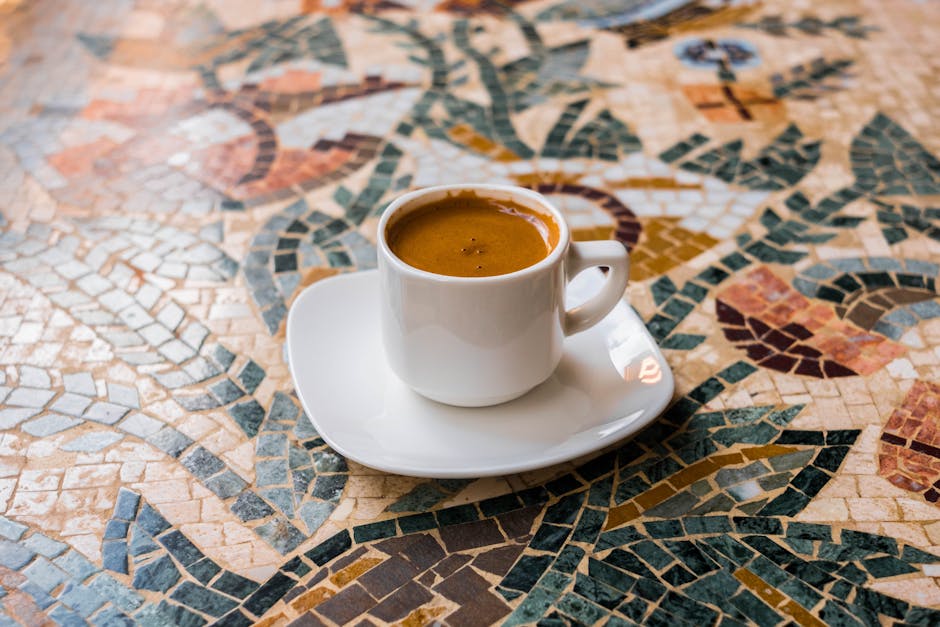
Espresso vs Americano: What’s the Difference and Which Should You Choose?
Read More →
How to Make Perfect Decaf Cold Brew at Home
Read More →